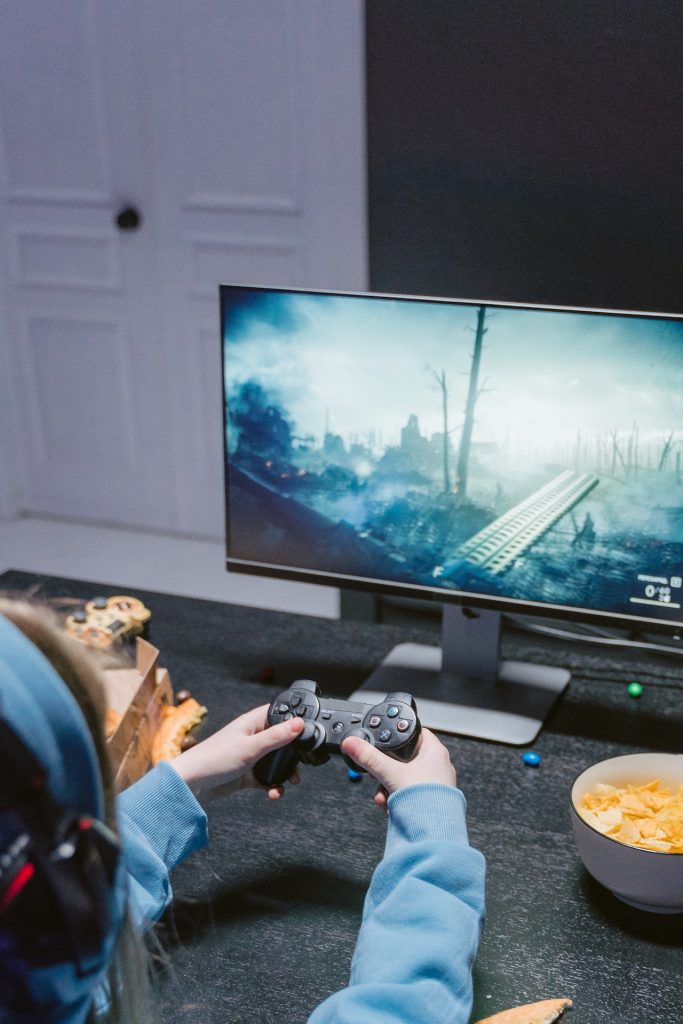As we all know, video games significantly impact young minds. So we must talk about the rampant sexism in modern video games.
Introduction
There’s no doubt that sexism exists in video games, which needs to be addressed.
Initially, video games were designed for male players only. This meant that women were excluded from the gaming community and never had a fair chance of becoming successful game developers or journalists. It was only in the 1990s that video games began to be marketed to a wider audience, and this is when the problem of sexism started to emerge.
Video games have always been dominated by male characters, regardless of the genre. This has led to the development of standard tropes and stereotypes that are used to represent males in video games. These include gender-based violence (which is typically inflicted on women),sexual objectification (where women are treated as objects), and narrowcasting (where only certain types of men are featured).

All these adverse effects combine to create an incredibly hostile environment for female gamers. They often feel uncomfortable playing video games because they’re constantly subjected to sexist messages and images. As a result, they shy away from the gaming community altogether or turn to negative gaming habits like cyberbullying or verbal abuse.
History of Sexism in the Video Game Industry
As early as the 1980s, video games were identified as a sexist medium, and women were regularly portrayed as disposable objects. This continued until the mid-1990s when female characters in video games were typically limited to roles such as love interests or support.
Things started to change in 1999 with the release of Tomb Raider. Lara Croft was one of the first female protagonists in a mainstream video game and her character was well-received by both critics and gamers alike. This increased the number of female role models for young girls and boys, which helped pave the way for more progressive depictions of women in video games.
There’s no denying that sexism is a problem in the video game industry. The history of sexism in video games is long and depressing, and it shows no signs of abating any time soon.
From crude jokes about women to explicit sexual content, video games have always been hostile environments for women. This has continued until now, with many titles still containing sexist elements that objectify and vilify female characters.
There are a few reasons why this issue persists. First of all, video games are often marketed towards impressionable young boys who may be more likely to accept sexist messages at an early age. Furthermore, many developers and publishers view women as a secondary audience that doesn’t need special treatment or attention.
How can we solve the problem?
There is a pervasive problem with sexism in modern video games that need to be addressed.

One of the main issues is that women are often treated as sexual objects instead of actual characters. They’re objectified and their abilities are downplayed or ignored. This not only harms the players who see these depictions, but it also harms the industry as a whole. It’s no wonder that there’s been an increasing trend of female gamers choosing not to play these types of games.
The solution to this problem is difficult, but there are a few things that we can do:
- We need to create more diversity within the gaming industry s hiring more women and people from minority groups wise experience in video games.
- We need to raise awareness about sexism and how it affects people.
- We need to teach children the importance of equality and respect so they don’t think one group of people is better than another.
Conclusion
There are a number of ways in which sexism can manifest itself in video games, and it often takes the form of negative portrayals of women. These portrayals may include female characters being objectified or sexualized, or they may be excluded from key plots or relegated to roles that are inferior to those of male characters.
In addition, there is a lack of diversity in the video game industry when it comes to gender. This means that an overwhelming majority of male characters relative to female characters can create a hostile climate for women players. This atmosphere can make it difficult for them to feel welcome and accepted in the gaming community.
All of this goes against what video games are supposed to be about – creating a fun and immersive experience for all audience members. It’s time that the video game industry took a stand against sexism and began promoting an environment where everyone is equal and respected.

